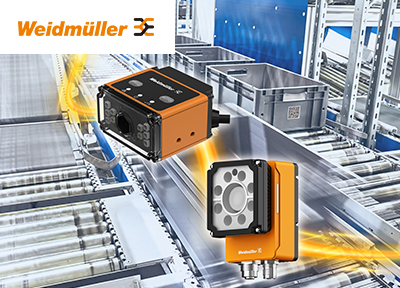Today’s machine designers integrate engineering strategies inherent in human genetic designs. Latest theories on DNA-level adaptations in organisms align with how mechatronic designs in machinery increase productivity, agility, and the survival of manufacturing.
Symbiogenesis is a biological hypothesis that says genetic adaptations can result from a DNA-level merging of two interdependent organisms, rather than random mutations followed by survival of the fittest. For your well being, successful adaptation, and survival, here are examples of how automated machine design strategies parallel symbiogenesis.
•Few machines are engineered from the ground up for good reason. After careful consideration of physical designs most appropriate for the machine’s application控制工程网版权所有, engineers incorporate commercial-off-the-shelf (COTS) technologies — such as power supplies, programmable automation Controllers控制工程网版权所有, and human-machine interfaces — to speed development. Internal relationships follow external environmental needs. Interdependent designs allow original equipment manufacturers (OEMs) to advance machine capabilities faster than migrating self-engineered systems. In human biology, more than 1www.cechina.cn,000 symbiotic organisms reside within us控制工程网版权所有, performing many functions we haven’t taken time and energy to develop ourselves.
•Board-level integration can happen when controllers may not fit into the application — a box within a box can be unnecessary. Intelligence previously available in a small enclosure can migrate onto embedded, board-level products. Similarly, DNA, the building blocks of lifeCONTROL ENGINEERING China版权所有, once thought to reside only within a cell’s nucleus控制工程网版权所有, now is known to reside and function outside a cell’s “control cabinet.”
•Microprocessors have brok
 用户中心
用户中心
-
 子站
子站 -
 技术
技术 -
 社区
社区
图说工控
更多+
燃情自动化——2017北京国际工业智能及自动化…
2017年05月18日
探秘“数字化工厂”
2016年07月18日
迈向工业4.0——西门子引领数字化企业进程
2016年07月18日
"智·变 赢未来",PHIIDF 2016燃情北京!
2016年06月01日ABB自动化世界2016闪耀武汉 展示“物联网+”领先…
2016年05月24日

 在线会议
在线会议 论坛
论坛 专题
专题 工控直播
工控直播 新闻中心
新闻中心 子站
子站 技术
技术 社区
社区


 剑维软件电子半导体行业白皮书有奖下载
剑维软件电子半导体行业白皮书有奖下载 魏德米勒麒麟系列产品赋能本土工业
魏德米勒麒麟系列产品赋能本土工业 Fluke 283 FC 智能万用表震撼来袭
Fluke 283 FC 智能万用表震撼来袭 SugonRI2.0工业编程平台免费有奖试用
SugonRI2.0工业编程平台免费有奖试用 IDEC HR8S系列新一代安全继电器有奖试用活动
IDEC HR8S系列新一代安全继电器有奖试用活动























